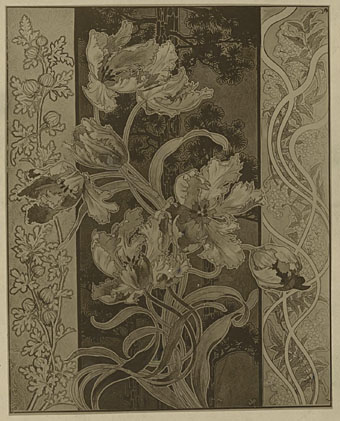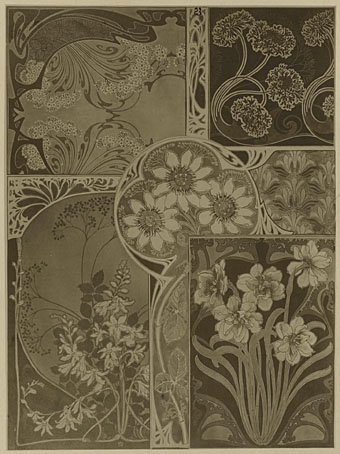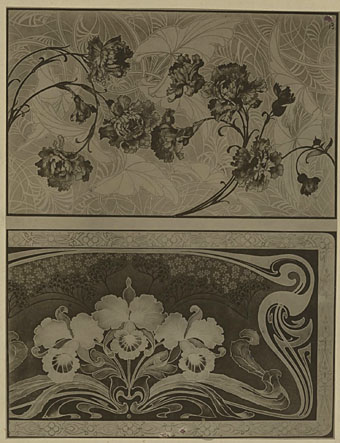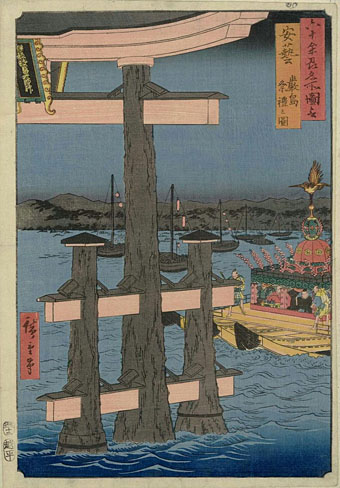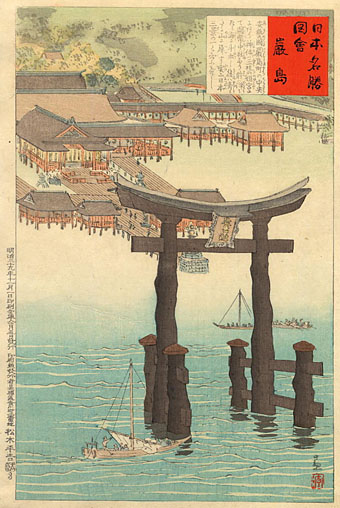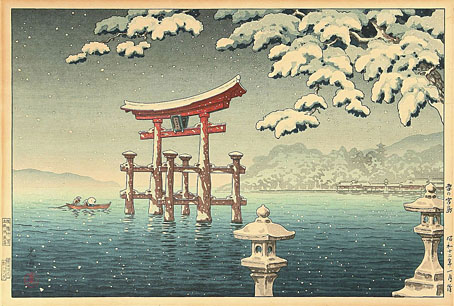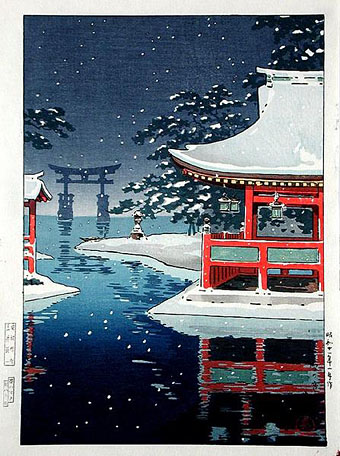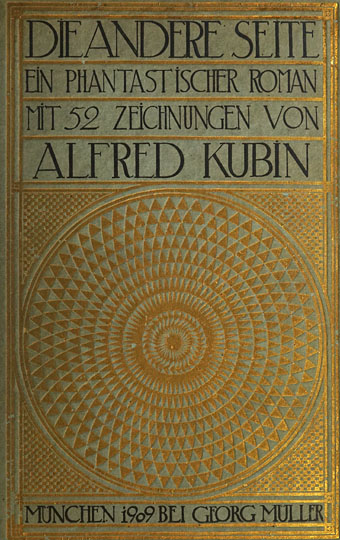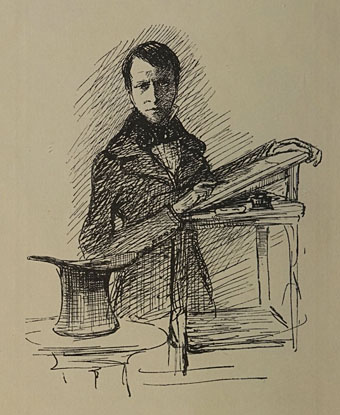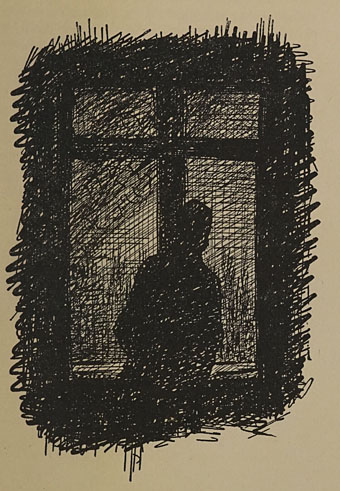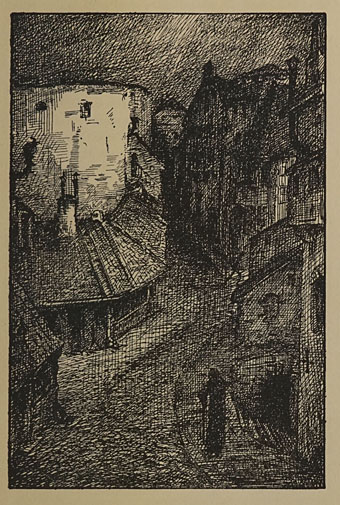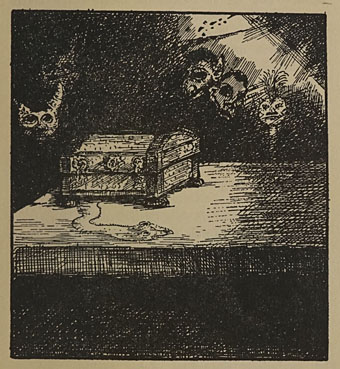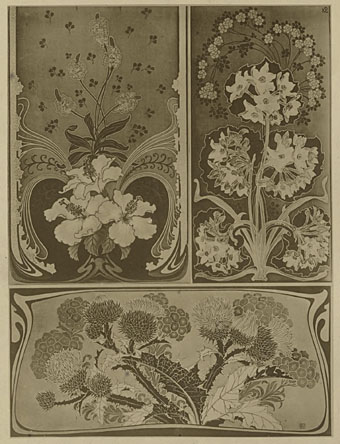
Plants and flowers are a common feature of Art Nouveau sourcebooks; Alphonse Mucha, Eugène Grasset and Maurice Verneuil all produced books for designers filled with floral patterns and motifs which generally remain faithful to their models. The designs in Fantaisies Florales by Jean Pilters are less concerned with fidelity to nature, especially in the background decorations whose swirling elaborations look like precursors of the psychedelic art that would help revive popular interest in Art Nouveau decades later. Pilters’ designs were published as a series of loose-leafed portfolios which in these copies have lost their covers, hence the gummed labels which spoil two of the plates.
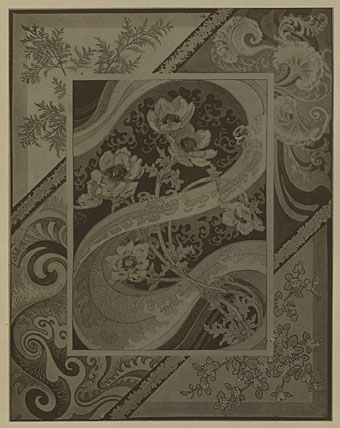
So who was Jean Pilters? Information is scarce, unfortunately, beyond descriptions of the artist as a French designer. The plates, which possibly date from 1910 (nobody is sure about the year of publication either), look like copies of colour originals but if an earlier colour edition exists I’ve yet to find any examples. Monochrome and tanned with age they may be but there’s enough here for me to work with. I may be borrowing some of these details in the near future.
